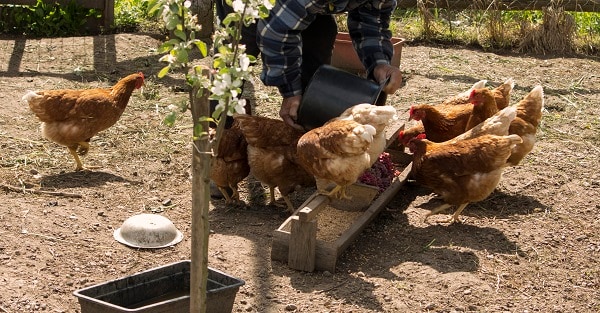Highlights
This spotlight article was published on October 12, 2023. Two fatal human infections with highly pathogenic avian influenza (HPAI) A H5N1 (bird flu) virus were reported by Cambodia. The viruses were identified as H5 clade 2.3.2.1c, which has circulated in Cambodia among birds/poultry for many years. This virus is different from the H5 virus that has caused outbreaks in wild birds, poultry, and other animals in the United States.

CDC Update
October 12, 2023 – Two fatal human infections with highly pathogenic avian influenza (HPAI) A H5N1 (bird flu) virus have been reported by Cambodia. These are the third and fourth human infections with HPAI H5N1 bird flu reported by Cambodia this year. The infected patients lived in two different provinces, and both infections likely resulted from exposure to infected poultry. Recent die-offs in poultry caused by H5N1 bird flu have been reported in parts of Cambodia, so sporadic H5N1 bird flu human infections are not surprising. An investigation to try to confirm the source of the infections and detect any additional cases is ongoing.
These two fatal infections in Cambodia were in a child and an adult, both of whom had exposure to poultry prior to their illness. The infections were identified through influenza surveillance and alert systems. One patient presented with severe symptoms at an influenza sentinel surveillance hospital, and the other patient's death at a hospital triggered an alert to the local rapid response team. Close contacts of both patients, including potentially exposed health care workers, are being monitored closely. At this time, there is no indication that these two human infections with H5N1 pose a threat to the U.S. public.
Genetic sequencing of patient specimens by the Institut Pasteur du Cambodge (IPC) and the Cambodian National Institute of Public Health (NIPH) has identified these viruses as being H5 clade 2.3.2.1c, which has circulated in Cambodia among birds/poultry for many years. These viruses have resulted in rare sporadic human infections in the past, including two cases in Cambodia in February 2023. This H5 clade 2.3.2.1c virus in Cambodia is different from the H5 virus that has caused wild bird and poultry outbreaks in the United States.
The U.S. CDC is working closely with the Ministry of Health's Cambodia Communicable Disease Control (C-CDC) Department, the National Institute of Public Health in Cambodia, the Ministry of Agriculture, Forestry and Fisheries, IPC, the World Health Organization, FAO, and the Wildlife Conservation Society of Cambodia to respond to these cases. We will provide updates as new information becomes available.
